People often think that electric bicycles make pedaling easier and make people exercise less. But people who ride electric bikes actually ride more often than those who ride regular bikes, so they get more total exercise time. This article looks at how electric bikes and exercise are connected to see if they can still give good fitness results.
Do e-bikes give you a workout?
The answer is yes. E-bikes make cycling more fun and easy, not harder. When riders find cycling enjoyable and simple, they pedal more. This easy riding makes people ride more often, giving them a better workout.
Pedaling on a regular bike takes more effort. When the conditions are the same, your heart rate is higher on a regular bike than on an electric one. Over time, people riding electric bikes usually burn more total calories each week because they pedal for longer periods.
E-bike riding is generally relaxed and enjoyable. This comfort makes people want to keep riding. The new experience also makes riding more fun and helps people have a positive mindset, which can make cycling feel more than just exercise. Riding can put people in a good mood and act as a way to relieve stress for some riders. They don’t have to worry about pedaling hard, but they still get aerobic exercise.
Even with electric help, pedaling on an e-bike provides moderate-intensity exercise. Also, the pedal resistance can be adjusted, so riders can reduce the level of assistance for tougher workouts. Riding regularly over the long term brings real fitness benefits.
Why Electric Bicycles Enhance Fitness Levels
-
Increased Exercise Time
Research shows that people who ride electric bicycles spend more time and go farther on their bikes than people who ride traditional bikes. This means e-bike riders pedal more each week. But many regular e-bike users still have less time available. Because riding an e-bike is easy, many people choose it for everyday short trips like commuting and running errands. Instead of sitting in a car, they pedal to where they need to go. This daily riding creates steady chances to exercise, helping two goals at the same time.

-
Accessibility
Electric bicycles remove barriers to exploring, even on rough ground and steep hills. This means beginners and older adults can try more routes and go farther. Regular bikes might not work for those paths at first, but e-bikes can.
The motor helps make riding speed easier to control. Most e-bikes can easily go 20–40 miles. Even for longer trips, the electric help reduces how hard the rider works, so people of different abilities can tackle tougher routes and move around more freely.
E-bikes give a low-impact workout, which is easy on the joints and reduces strain. This joint-friendly design makes biking possible for people with joint problems or lower fitness levels. Riders can choose their pace by adjusting pedal assist, which reduces fatigue on first rides. Slowly riding more builds endurance over time, improving cardiovascular fitness and leg strength.
-
As an Alternative Mode of Transportation
Many e-bike users are choosing electric bicycles instead of driving for daily trips. People who ride to work, school, or shops get a little exercise every day. This small amount of exercise helps them move more and get fitter over time.
Regular e-bike riders usually do not need to set aside extra time for exercise, because commuting and running errands become easier. This convenience helps them keep using this transportation choice for a long time.
How to get maximum exercise from your ebike
Adjusting Assistance Levels
The pedal assist level on an electric bike is a key feature for exercise. Choosing the lowest level needs more physical effort. For example, Cyrusher electric bikes suggest using levels 1-3 for intense or long pedaling, while using higher levels 4-5 helps when climbing hills or riding on difficult terrain, which makes the ride easier. Lower assist levels use more muscles and burn more calories. Higher levels do the opposite.
Mix high and low levels during workouts. For example, start with low assist for a while, then switch to higher levels for heart rate recovery. This creates a clear workout pattern that controls how hard you work.
Remember to warm up before riding and cool down after. Start with higher assist to warm up your muscles, then increase assist toward the end to help cool down. This makes the start and finish of your workout safe and comfortable.

Use the throttle wisely
Some e-bikes have a throttle option. It can help you go faster or climb difficult hills more easily. Using the throttle wisely saves time and makes riding more efficient.
For example, when you need to move through busy traffic or go up a steep hill, the throttle helps you start smoothly. When you get back to flat ground, switch to pedal-assist mode to keep your heart rate steady and save battery power, which can make your ride go farther.
Choose the right ebike model
Choose an e-bike that fits your fitness goals. Mountain e-bikes and city e-bikes usually give a sportier ride, which is good for daily trips and workouts. With gear changes, e-bikes can go up to 28 mph. For a tougher workout, set the assist to a lower level. Choose an e-bike with a torque sensor, which changes riding speed based on how hard you pedal, so pedaling feels smoother. The Cyrusher Flex is a mountain bike that has both torque and cadence sensors, letting riders adjust workout intensity to their liking and better match their fitness plans.
Conclusion
Riding electric bikes makes pedaling easy for exercise. How hard you work depends on how much you press the pedals. In daily life, electric bikes are becoming a common way to get around, and riding them can turn exercise into a daily habit. As people spend more time on electric bikes, they can be healthier. Pick the right electric bike, set the pedal assist the right way, and pedal your way to a healthier you.
Q & A
1. How many calories do you burn on an e-bike compared to a regular bike?
You burn about 200–600 calories per hour on an e-bike, depending on assist level and terrain. That’s only about 20% less than a regular bike — but because you ride longer, the total burn is often higher.
2. Is riding an e-bike a good way to lose weight?
Yes! Regular e-bike rides help you burn calories, improve metabolism, and stay active daily. Combine that with healthy eating, and you’ll see results.
3. Can I build muscle strength on an e-bike?
Definitely. E-bike pedaling builds your leg muscles, glutes, and core strength — especially when using low assist levels. The key is consistent riding.
4. Do e-bikes help with heart health?
Absolutely. E-bikes keep your heart working in the moderate exercise zone, which is great for cardiovascular health. Studies show riders improve endurance within a few weeks.
5. Can beginners use e-bikes for fitness?
Yes, and they should! E-bikes are perfect for beginners because they reduce strain and make exercise fun, helping new riders stick with it long-term.

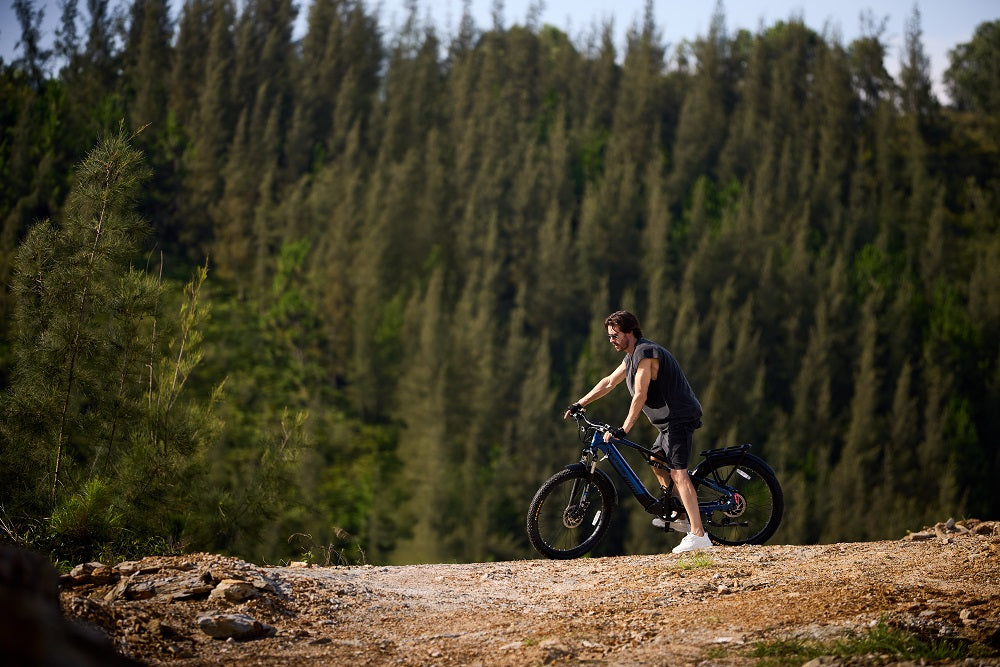
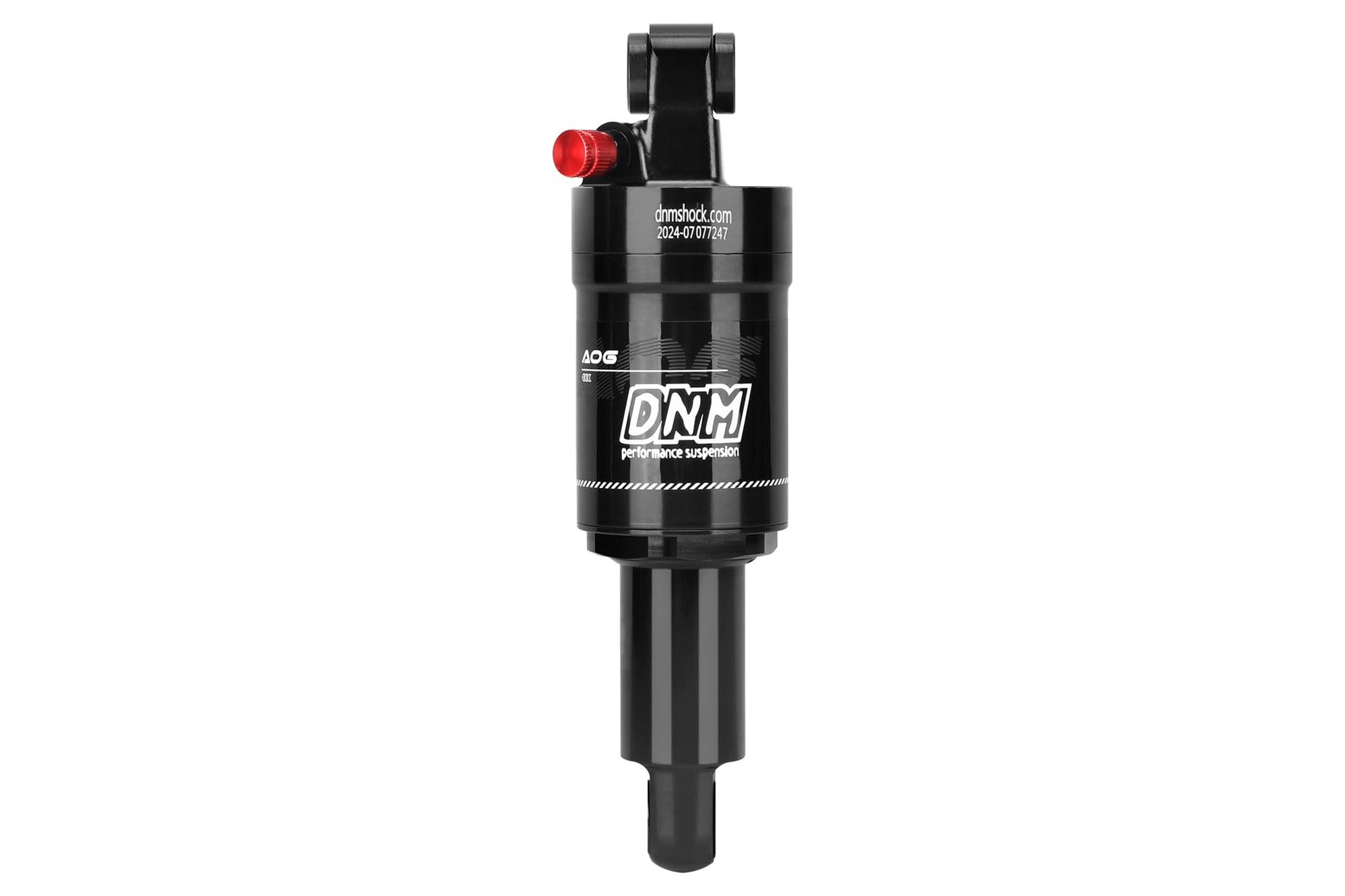
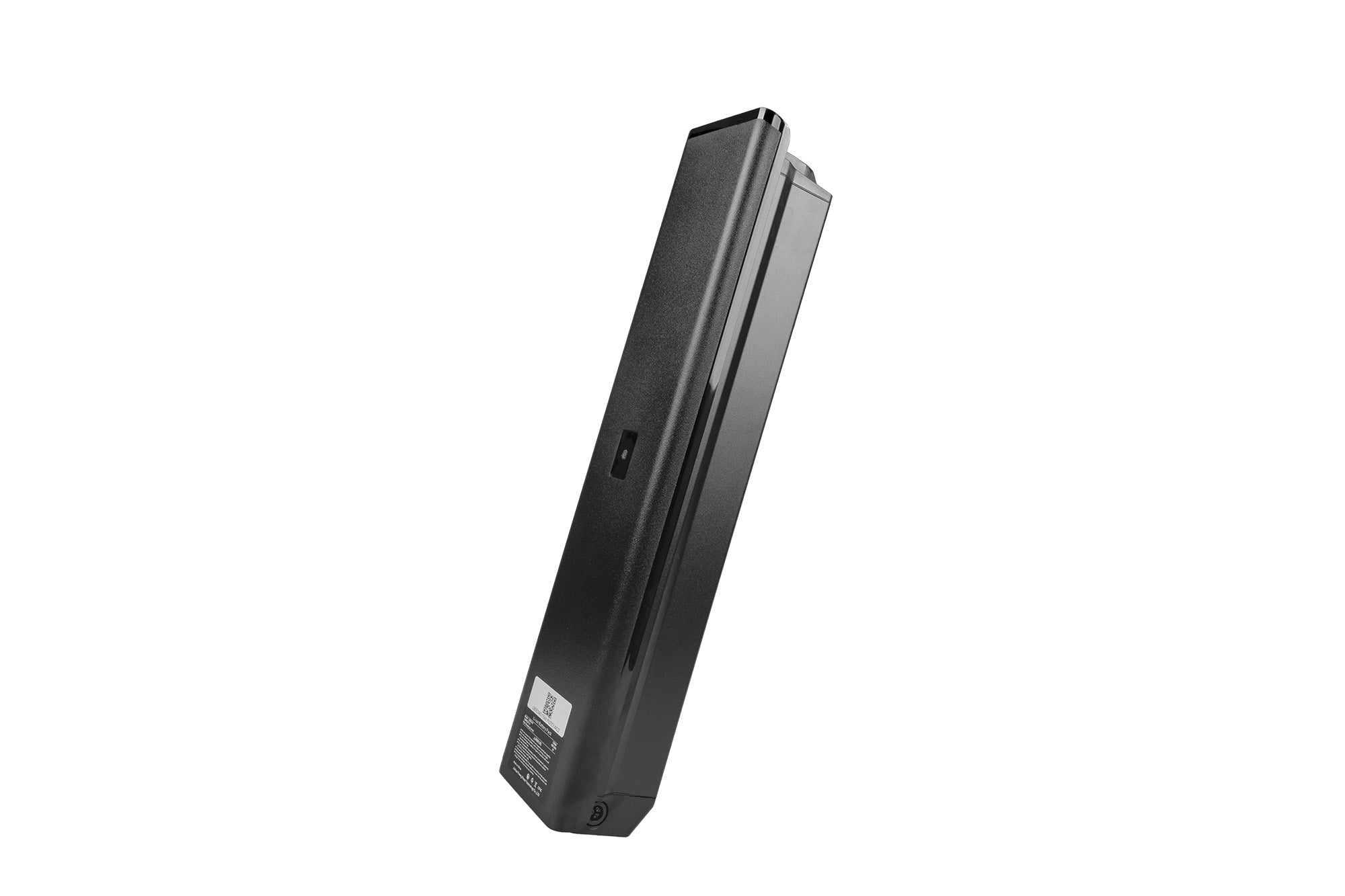

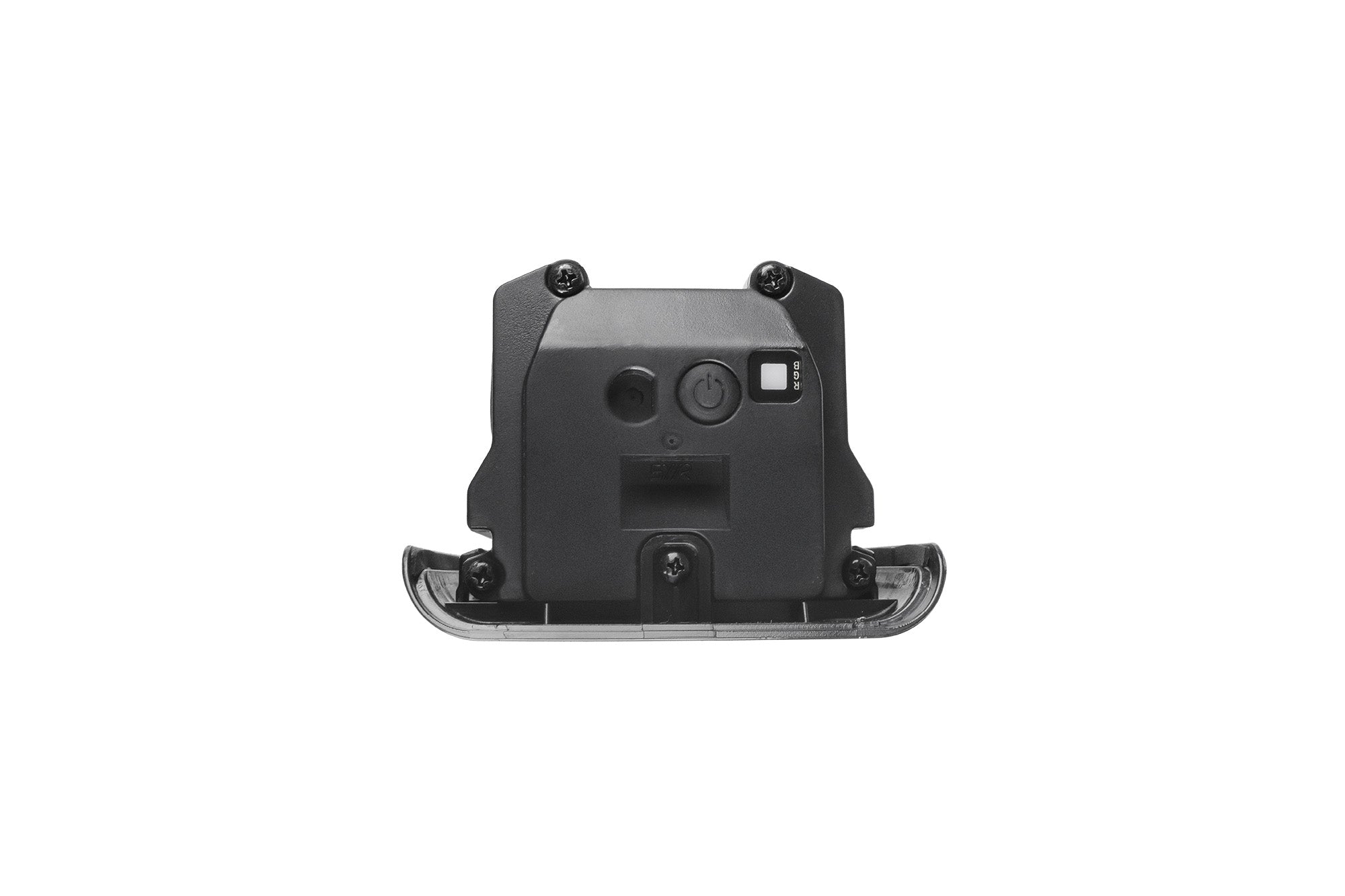

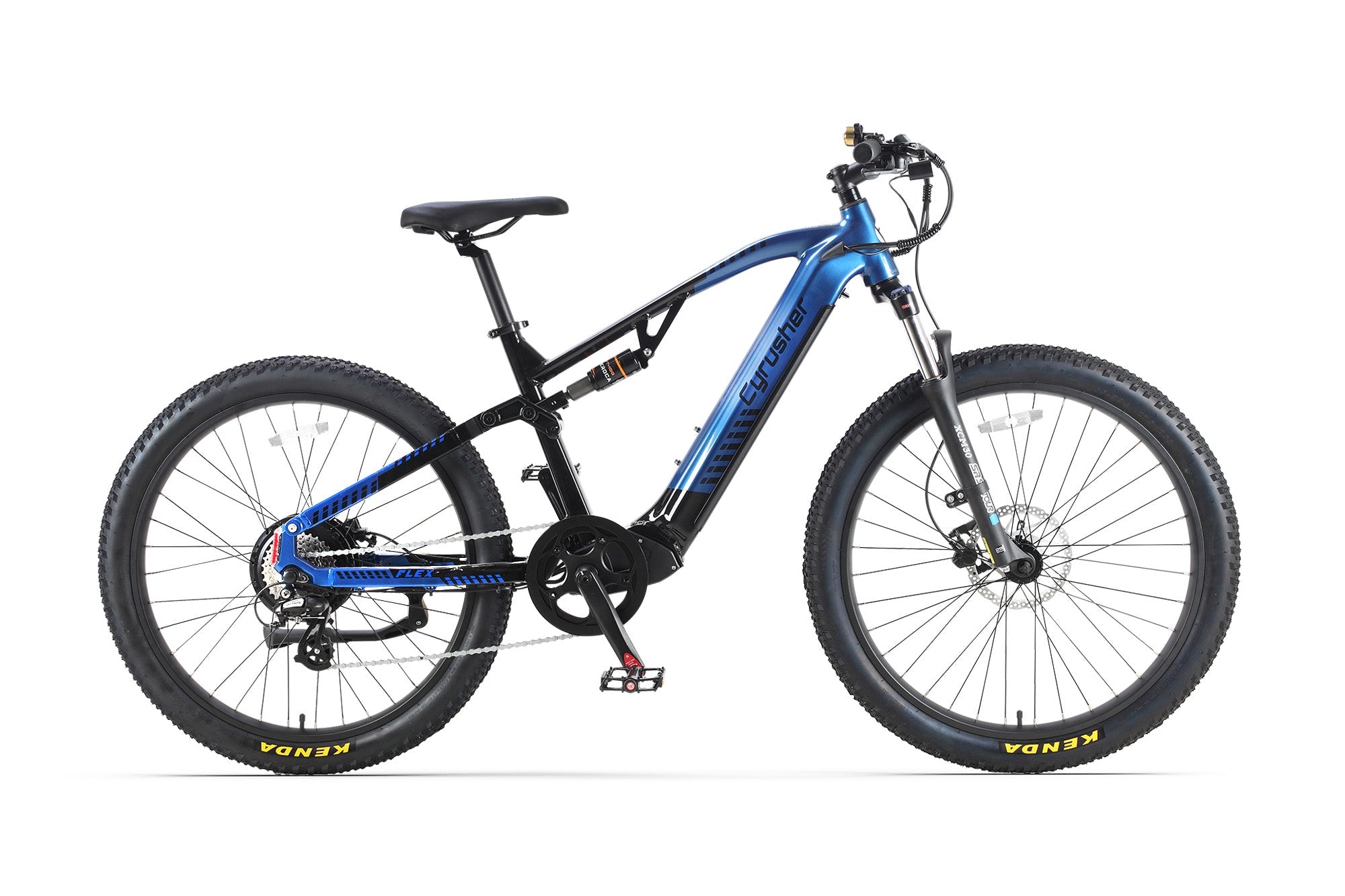
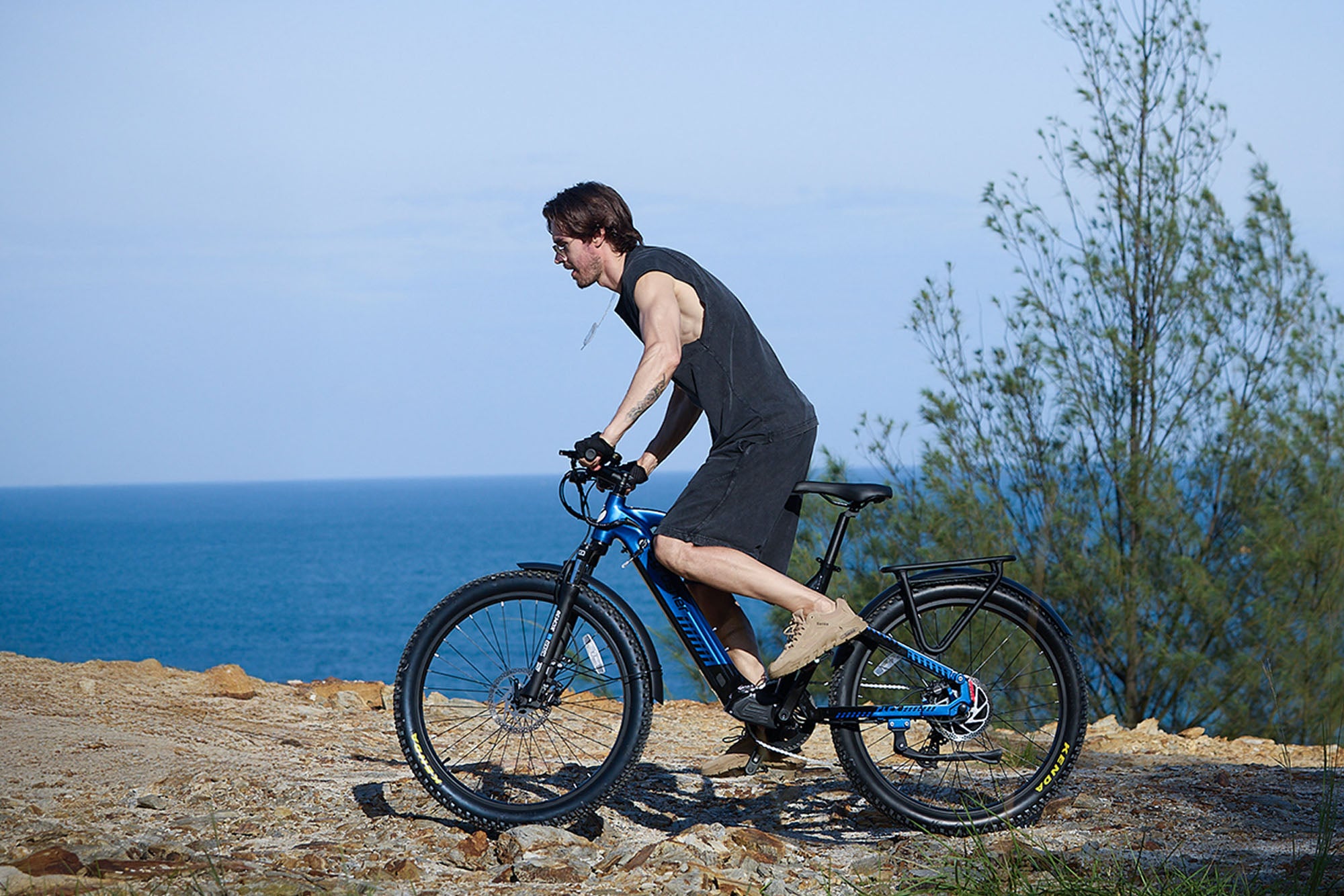
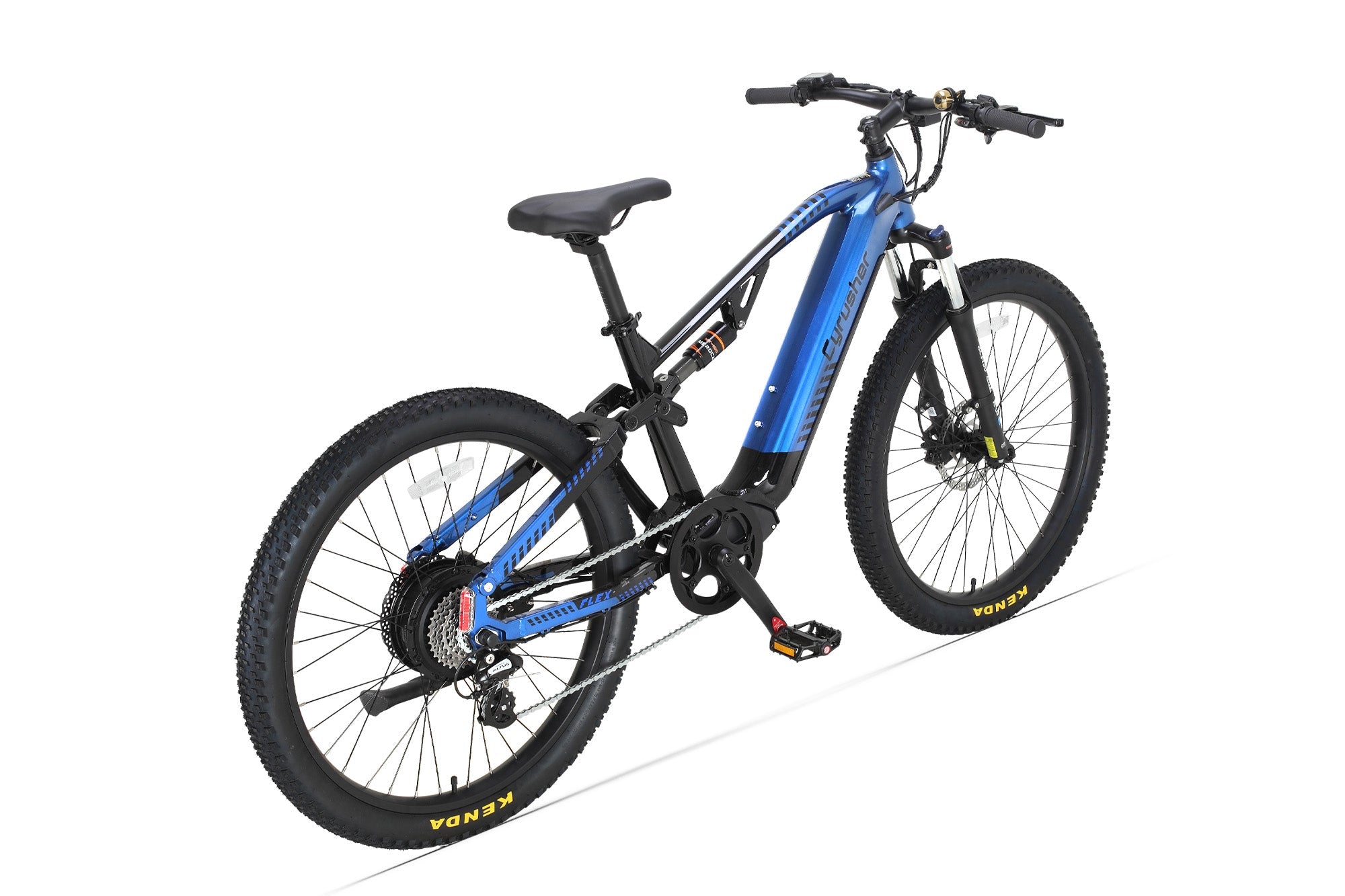
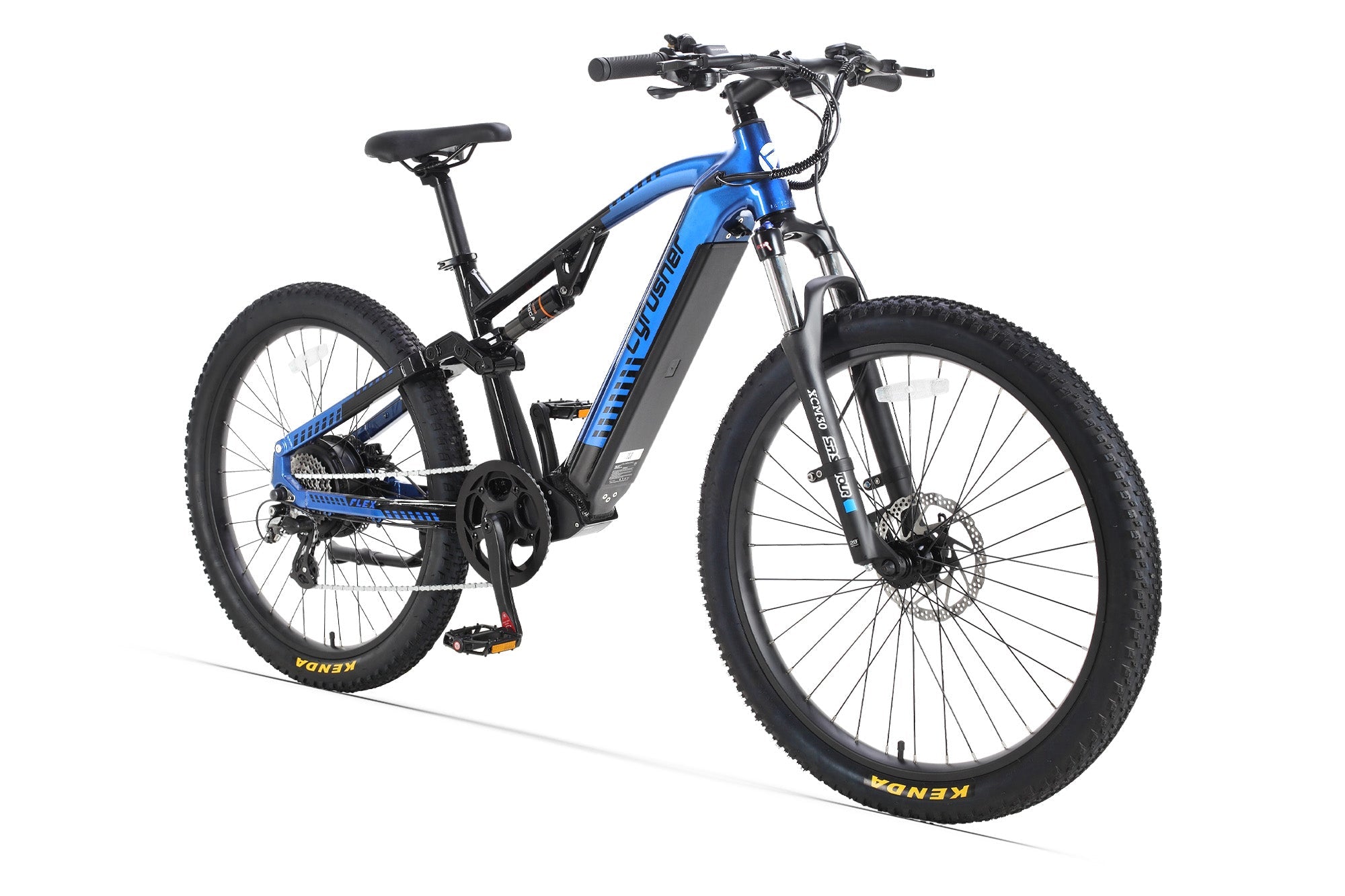

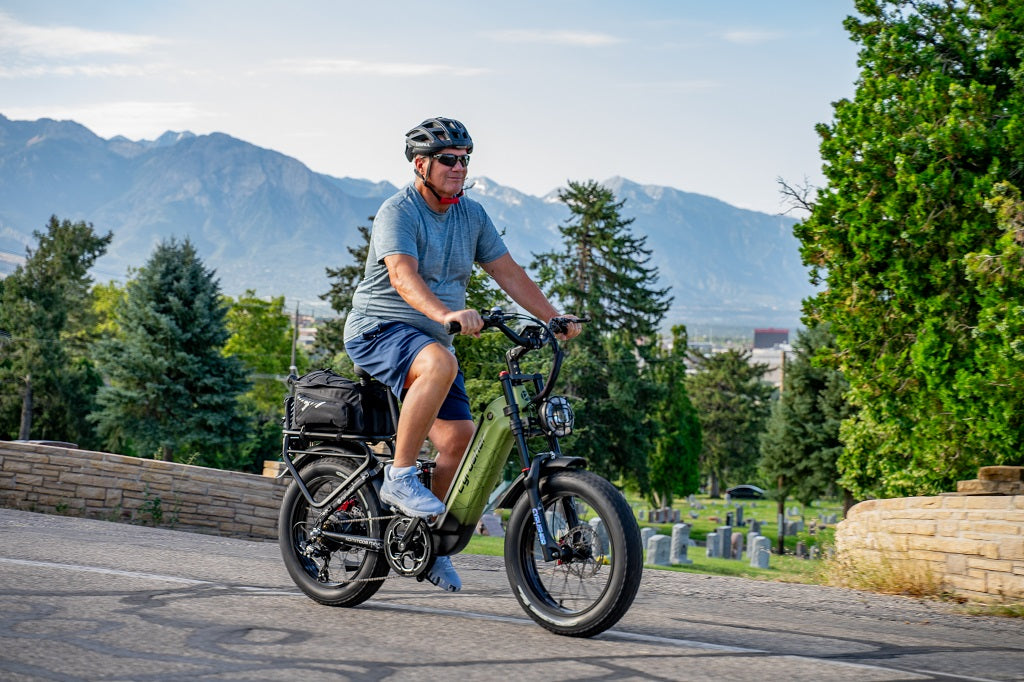

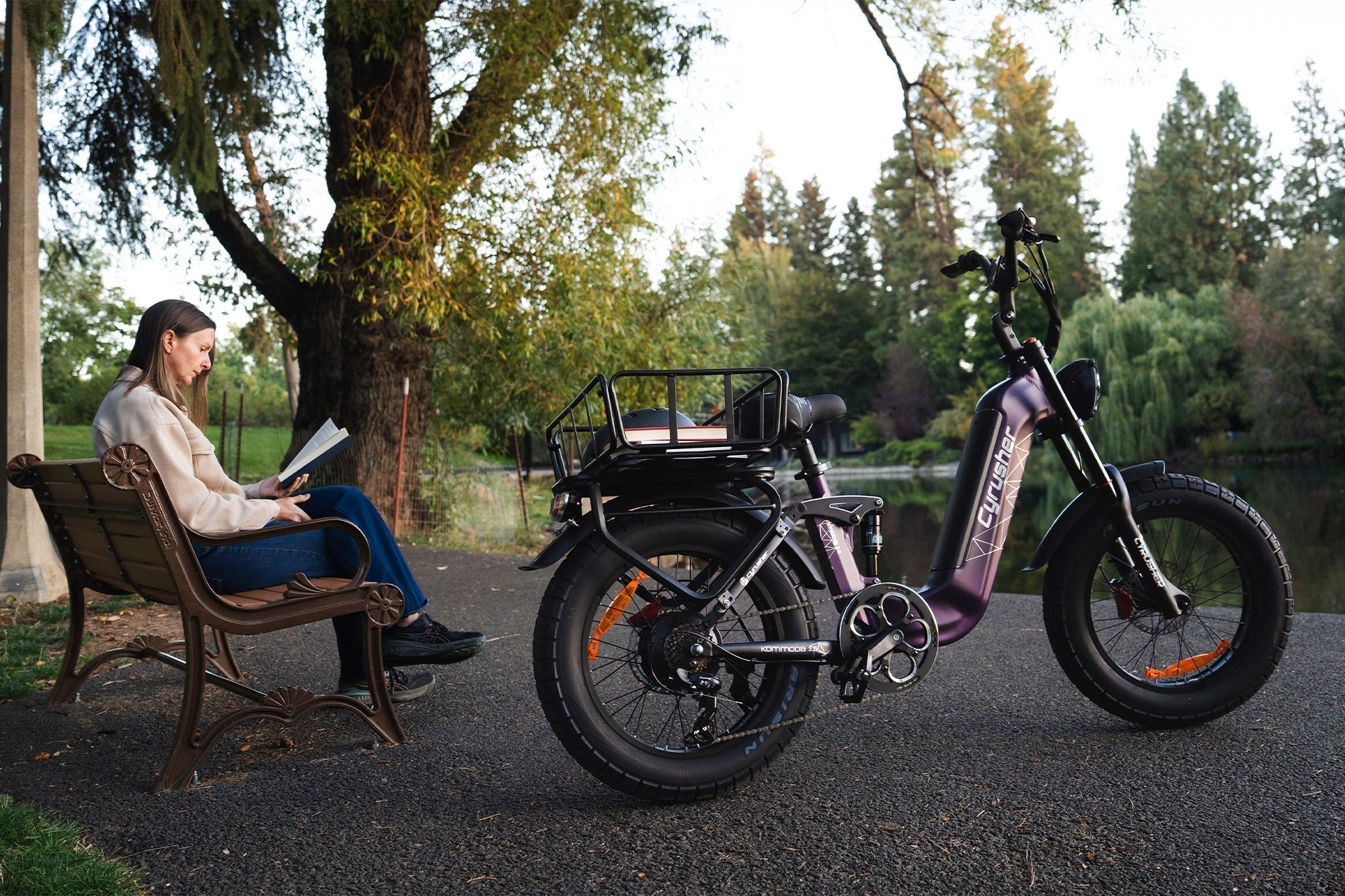
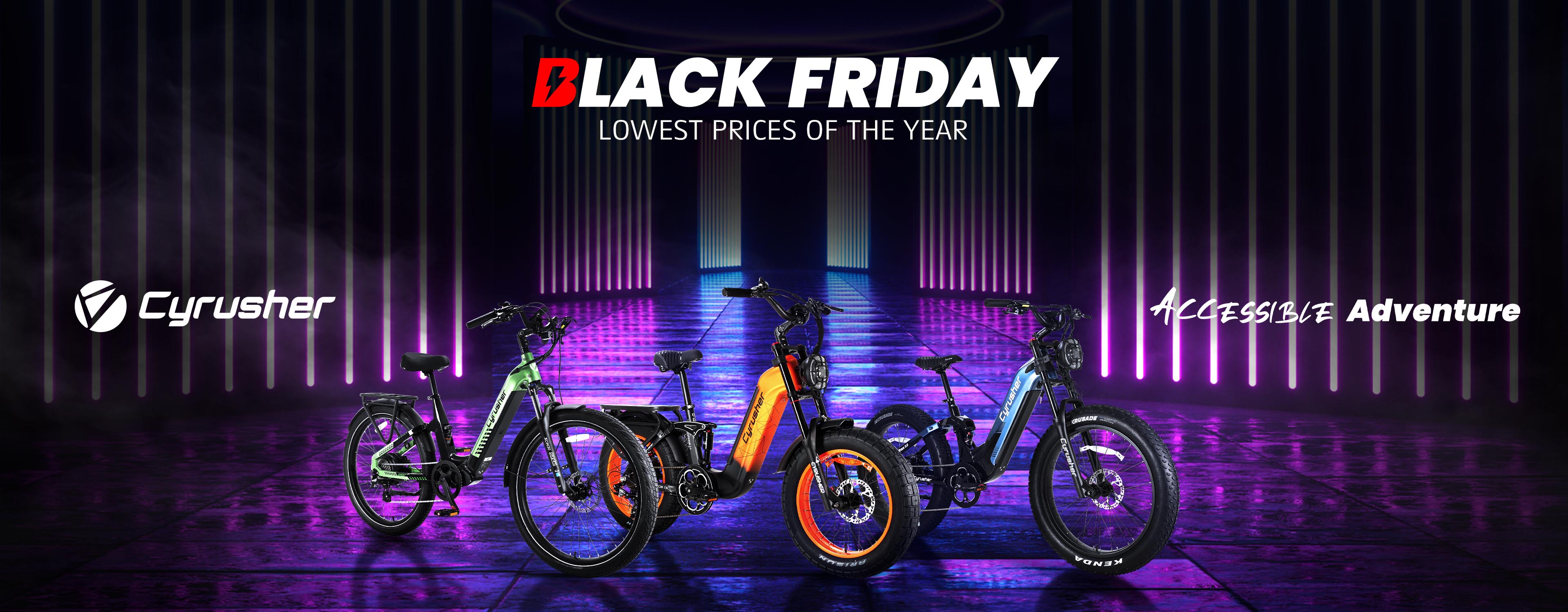
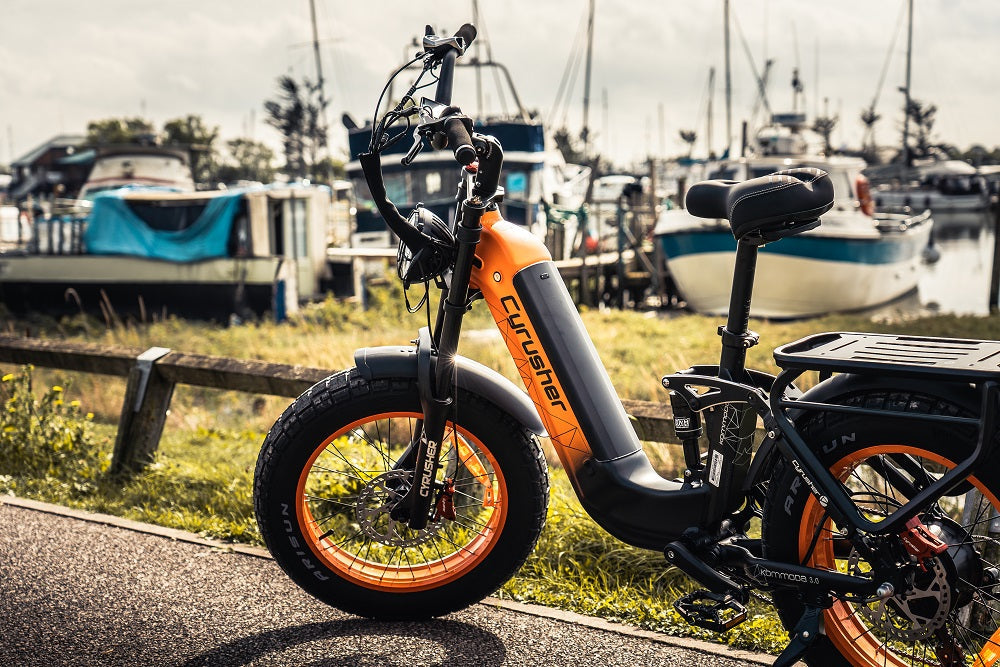

Share:
The Benefits of riding ebikes
How to choose ebike battery size